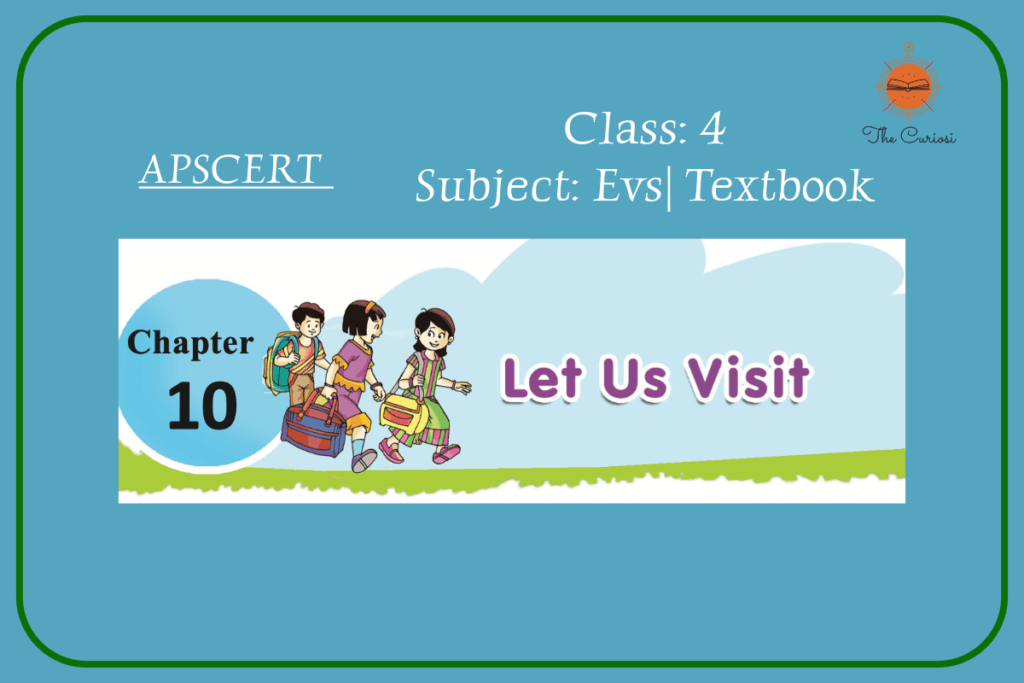Let us visit | Class 4 | Evs Textbook | Chapter10

Andhra Pradesh | APSCERT Here are the answers to the “Improve Your Learning” section along with the questions: I. Conceptual Understanding 1. Name some festivals that you celebrate in your village. • Some festivals celebrated in my village include Pongal, Diwali, Ugadi, Sankranti, and Holi. 2. Name the national festivals you celebrate in your school. • National festivals […]
